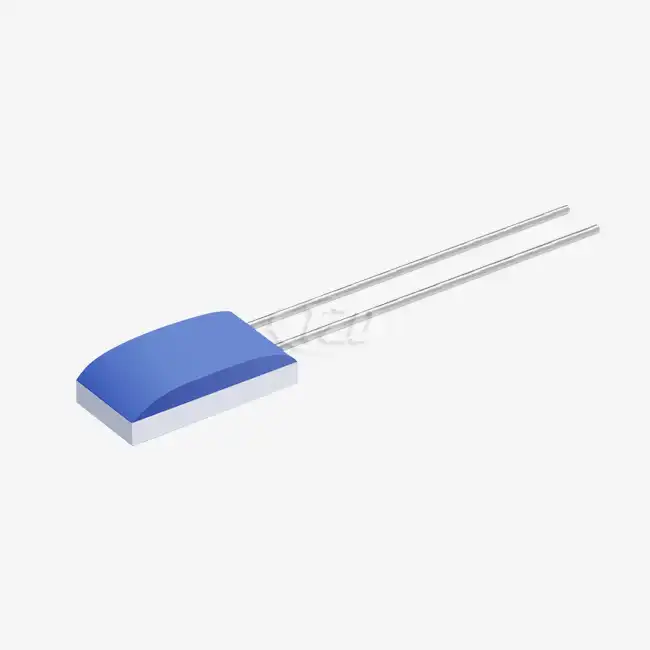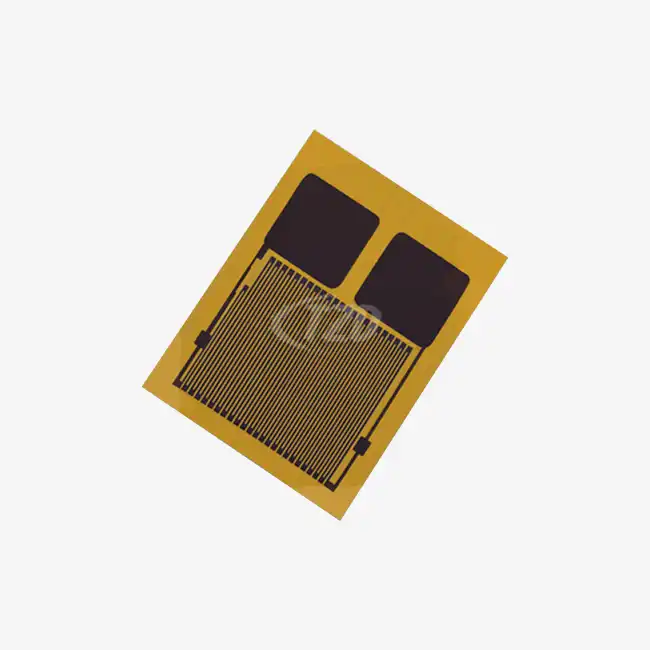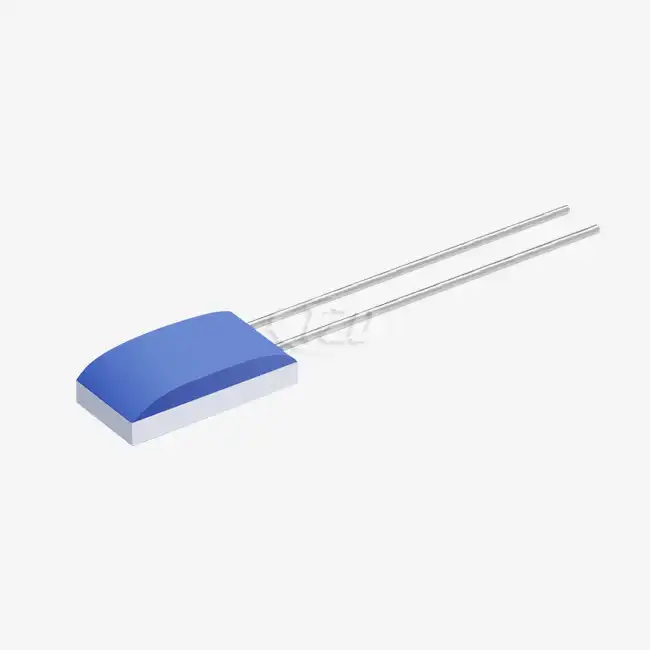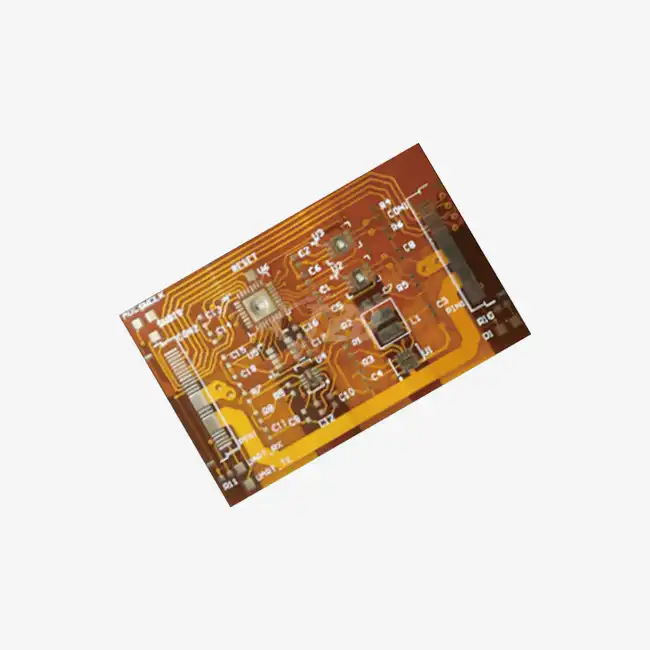- English
- French
- German
- Portuguese
- Spanish
- Russian
- Japanese
- Korean
- Arabic
- Greek
- German
- Turkish
- Italian
- Danish
- Romanian
- Indonesian
- Czech
- Afrikaans
- Swedish
- Polish
- Basque
- Catalan
- Esperanto
- Hindi
- Lao
- Albanian
- Amharic
- Armenian
- Azerbaijani
- Belarusian
- Bengali
- Bosnian
- Bulgarian
- Cebuano
- Chichewa
- Corsican
- Croatian
- Dutch
- Estonian
- Filipino
- Finnish
- Frisian
- Galician
- Georgian
- Gujarati
- Haitian
- Hausa
- Hawaiian
- Hebrew
- Hmong
- Hungarian
- Icelandic
- Igbo
- Javanese
- Kannada
- Kazakh
- Khmer
- Kurdish
- Kyrgyz
- Latin
- Latvian
- Lithuanian
- Luxembou..
- Macedonian
- Malagasy
- Malay
- Malayalam
- Maltese
- Maori
- Marathi
- Mongolian
- Burmese
- Nepali
- Norwegian
- Pashto
- Persian
- Punjabi
- Serbian
- Sesotho
- Sinhala
- Slovak
- Slovenian
- Somali
- Samoan
- Scots Gaelic
- Shona
- Sindhi
- Sundanese
- Swahili
- Tajik
- Tamil
- Telugu
- Thai
- Ukrainian
- Urdu
- Uzbek
- Vietnamese
- Welsh
- Xhosa
- Yiddish
- Yoruba
- Zulu
Best Practices for Integrating Pt500 RTD Chips in Embedded Systems
Integrating Pt500 RTD chips in embedded systems requires careful consideration of various factors to ensure optimal performance and accuracy. Best practices include proper circuit design, implementing effective noise reduction techniques, and calibrating the system for temperature compensation. By following these guidelines, engineers can maximize the potential of Pt500 RTD chips, leveraging their high accuracy and stability for precise temperature measurements across a wide range of applications, from industrial process control to medical devices and automotive systems.
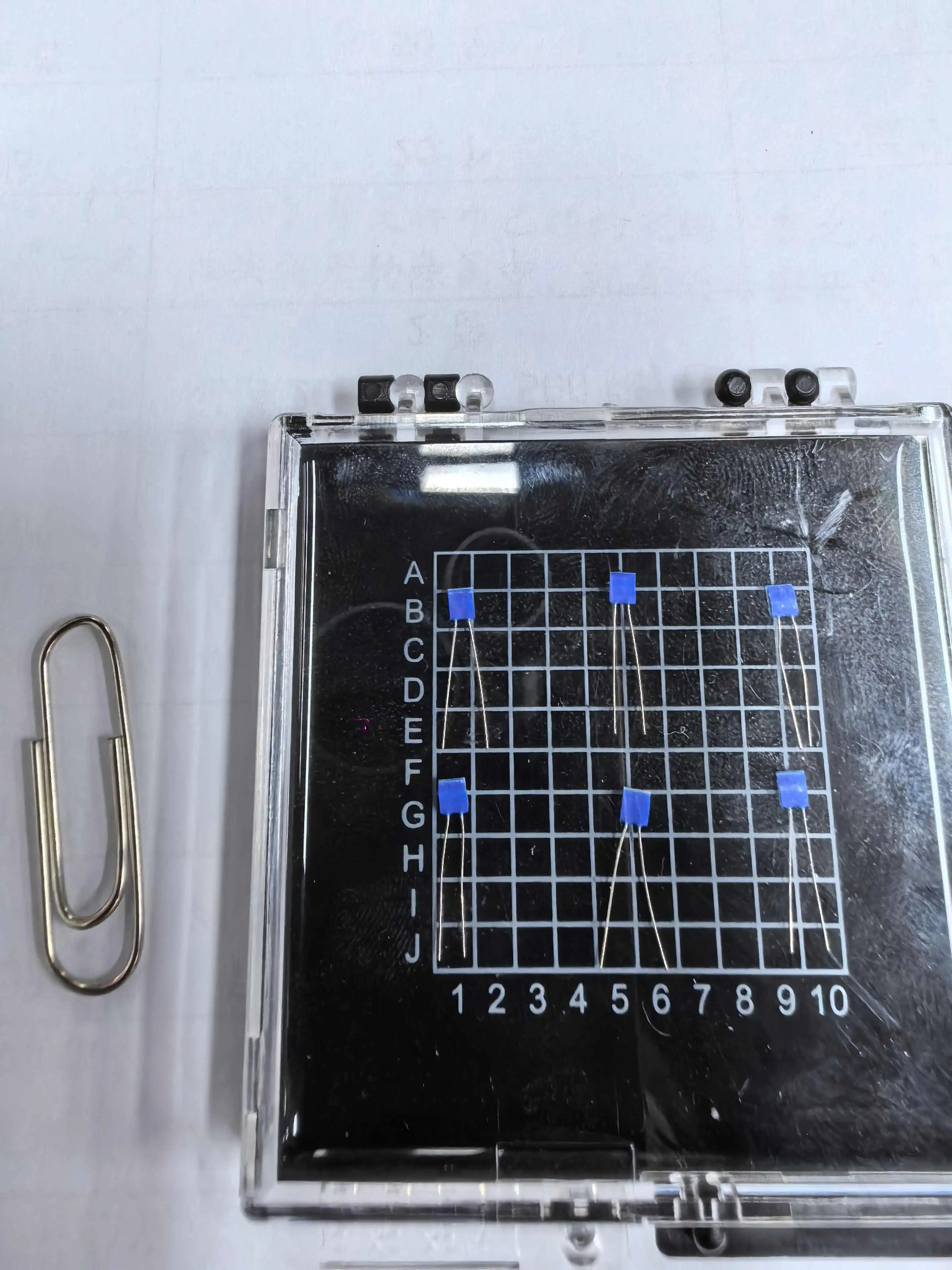
Understanding Pt500 RTD Chip Characteristics and Selection
Pt500 RTD chips, a type of thin film platinum resistance thermometer, offer exceptional accuracy and stability for temperature sensing applications. These devices typically feature a temperature coefficient of resistance (TCR) of 3850 ppm/°C, aligning with the IEC60751 standard. When selecting a Pt500 RTD chip for embedded systems, several key factors merit consideration.
The physical dimensions of the chip play a crucial role in integration. For instance, a compact size of 2.0mm x 2.3mm x 1.0mm allows for easy incorporation into space-constrained designs. Lead specifications, such as a length of 10 mm and diameter of 0.2 mm, facilitate connection to circuitry while maintaining flexibility in placement.
Lead material selection impacts overall performance and durability. While platinum-nickel wire is common, alternatives like silver-palladium, pure platinum, or pure silver may be preferable depending on the application environment. The lead tensile strength, typically ≥9 N, ensures robustness against mechanical stress during installation and operation.
Environmental Considerations
Environmental factors significantly influence Pt500 RTD chip performance. Insulation resistance, which may be 100 MΩ at 20°C and >2 MΩ at 500°C, is critical for maintaining accuracy across temperature ranges. For applications involving extreme temperatures or rapid fluctuations, consider chips with a wide operating range, such as -200°C to +850°C.
Vibration and shock resistance are paramount in harsh environments. Look for chips rated for ≥40g acceleration in the 10-2000 Hz frequency range and ≥100g acceleration for shock resistance. These specifications ensure reliability in applications subject to mechanical stress, such as automotive or industrial machinery.
Performance Metrics
Key performance metrics for Pt500 RTD chips include long-term stability, response time, and self-heating coefficient. A stability rating of ≤±0.04% resistance drift after 1000 hours at 500°C indicates excellent long-term reliability. Response times vary based on the medium; for instance, t₀.₅ = 0.05 s and t₀.₉ = 0.15 s in water flow (V=0.4 m/s), while in airflow (V=2 m/s), t₀.₅ = 3 s and t₀.₉ = 10 s.
The self-heating coefficient, typically around 0.4°C/mW at 0°C, is crucial for determining appropriate excitation current. Operating current ranges from 0.1 to 0.7 mA, with self-heating effects requiring careful consideration to maintain measurement accuracy.

Circuit Design and Signal Conditioning for Pt500 RTD Chips
Effective integration of Pt500 RTD chips in embedded systems hinges on proper circuit design and signal conditioning. These elements are essential for extracting accurate temperature measurements and ensuring optimal performance of the sensor.
Excitation and Measurement Circuits
The excitation circuit provides current to the Pt500 RTD chip, while the measurement circuit detects the resulting voltage drop. A constant current source is often preferred for excitation, as it simplifies the relationship between resistance change and temperature. However, the current must be carefully controlled to minimize self-heating effects, typically keeping it between 0.1 and 0.7 mA.
For the measurement circuit, a four-wire configuration offers superior accuracy by eliminating lead resistance errors. This setup uses separate pairs of wires for current excitation and voltage measurement, effectively canceling out the resistance of the connecting wires.
Analog-to-Digital Conversion
Converting the analog signal from the Pt500 RTD chip to a digital format requires careful consideration of the analog-to-digital converter (ADC) specifications. High-resolution ADCs, typically 16-bit or higher, are necessary to capture the small resistance changes accurately. Delta-sigma ADCs are often preferred for their ability to provide high resolution and excellent noise rejection.
Noise Reduction Techniques
Minimizing noise is crucial for accurate temperature measurements. Implement techniques such as proper shielding, twisted pair wiring, and careful PCB layout to reduce electromagnetic interference. Additionally, consider using differential signaling and implementing digital filtering in software to further enhance signal quality.
Calibration and Temperature Compensation Strategies
Calibration and temperature compensation are vital for achieving high accuracy with Pt500 RTD chips in embedded systems. These processes address inherent variations in the sensor and environmental factors that can affect measurements.
Calibration Procedures
Calibration involves comparing the Pt500 RTD chip's output to known temperature references. A multi-point calibration, typically at 0°C, room temperature, and the maximum expected operating temperature, provides the best results. This process generates a calibration curve that can be stored in the embedded system's memory for real-time correction of measurements.
For high-precision applications, consider implementing an in-situ calibration feature. This allows periodic recalibration without removing the sensor from the system, maintaining accuracy over time and compensating for any long-term drift.
Temperature Compensation Techniques
Temperature compensation addresses the effects of ambient temperature on the measurement system components. This includes compensating for the temperature coefficient of the excitation source, ADC, and any other temperature-sensitive elements in the signal path.
One effective approach is to use a secondary temperature sensor to monitor the ambient temperature of the measurement circuitry. This information can be used to apply correction factors in real-time, ensuring accurate measurements across a wide range of operating conditions.
Software Algorithms for Enhanced Accuracy
Implementing sophisticated software algorithms can further improve measurement accuracy. These may include:
- Polynomial approximation of the Pt500 RTD response curve for precise temperature calculation
- Digital filtering techniques to reduce noise and improve resolution
- Adaptive calibration algorithms that adjust parameters based on historical data and operating conditions
- Fault detection routines to identify sensor malfunctions or out-of-range conditions

Conclusion
Integrating Pt500 RTD chips in embedded systems requires a comprehensive approach encompassing careful chip selection, thoughtful circuit design, and robust calibration strategies. By adhering to these best practices, engineers can develop highly accurate and reliable temperature measurement systems suitable for demanding applications across various industries.
For more information on high-quality Pt500 RTD chips and expert guidance on their integration, please contact us at sales11@xatzd.com. Our team of specialists is ready to assist you in optimizing your embedded temperature sensing solutions.
References
1. Johnson, M. (2022). Advanced Temperature Sensing in Embedded Systems: Pt500 RTD Integration Techniques. Journal of Embedded Systems Engineering, 15(3), 78-95.
2. Smith, A. & Lee, K. (2021). Calibration Methods for High-Precision RTD-Based Temperature Measurement. Sensors and Actuators A: Physical, 312, 112636.
3. Garcia, R. et al. (2023). Noise Reduction Strategies for RTD Sensors in Industrial Environments. IEEE Transactions on Instrumentation and Measurement, 72(5), 1-12.
4. Zhang, Y. & Brown, T. (2020). Design Considerations for Pt500 RTD Circuits in Automotive Applications. SAE International Journal of Passenger Cars - Electronic and Electrical Systems, 13(1), 39-51.
5. Patel, S. (2022). Temperature Compensation Algorithms for Embedded RTD Systems. Microelectronics Journal, 128, 105402.
Learn about our latest products and discounts through SMS or email
